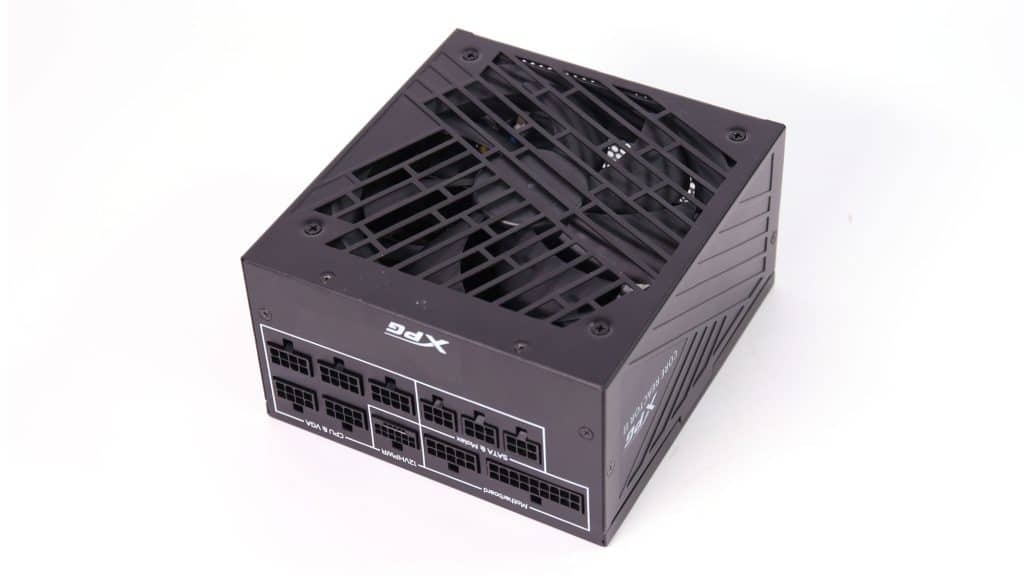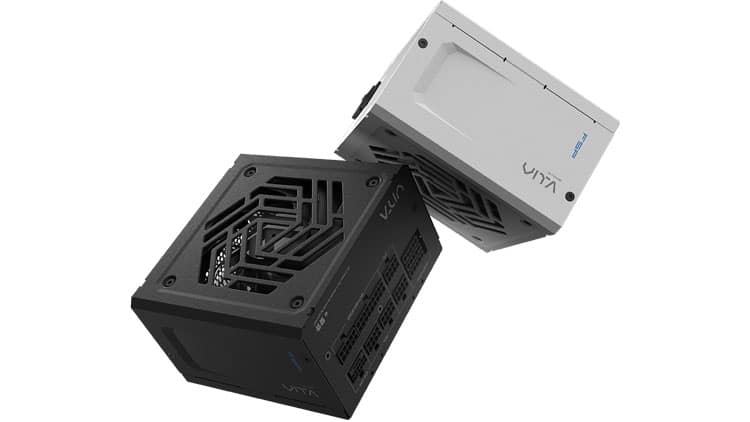Epilogue
You cannot go wrong with XPG and CWT; the Core Reactor II 1200W is a fine example. It uses a proven and highly popular platform named CSZ, which is also used in the following PSU models (review links provided):
- Thermaltake Toughpower GF3 1200W
- Deepcool PX1200G
- Montech Titan Gold 1200W
- NZXT C1200 Gold
- SilverStone HELA 1200R Platinum
If you want something different from CWT’s omnipresent platforms at 1200W, with ATX v3.x compatibility, you have the following choices:
- Super Flower Leadex VII XP 1200W
- Seasonic Vertex GX-1200
- Thermaltake Toughpower GF A3 1200W
- Corsair RM1200x Shift
The Core Reactor II 1200W is expensive at 200 dollars, with the most affordable CSZ-based unit being the Thermaltake Toughpower GF3 1200. I don’t know how TT manages it, but it almost always provides the lowest prices. To give the complete picture, though, XPG’s unit has more FETs for the 12V rail and more filtering caps, so it has a slight lead in overall performance.
If you are after the most affordable, branded, 1200W ATX v3.x unit, you should look at the Thermaltake Toughpower GF A3 1200, which goes for 150 dollars. This one uses a platform by HKC, which so far faired pretty well in delivering solid PSU platforms, but I am not sure if this will continue since its leading PSU team left the company to form a new one (XWY, Shenzen Xinweiye Technology CO., LTD). Without its experienced PSU engineers, HKC’s future will be challenging.
XPG sets a new record today with the Core Reactor II 1200W since it is the first brand to downgrade a prestigious Cybenetics efficiency Platinum rating to Gold. I cannot know if marketing is to blame for that, but it is funny to see the opposite of the typical route; instead of marketing to be over-optimistic about a product’s performance, it is pessimistic. I guess there is a first time for that, too!
To check all alternative PSU offerings, read my Best ATX v3.x PSUs article before investing in a new power supply. You help me a lot by using my affiliate links, which don’t increase the product’s price. I get a commission from Amazon every time you do it, which can make a difference for me, especially now that I am on my own, working exclusively for my media and not for someone else.
- High overall performance
- High build quality
- Properly set protection features
- Silent at up to 840W loads
- ATX v3.x and PCIe 5.x ready
- Good transient response
- Tight load regulation overall
- Good ripple suppression
- Efficient
- High enough PF readings
- Higher than 70% efficiency with a 2% load
- Low vampire power at 115V
- Long hold-up time
- Long and accurate power ok signal
- Alternative Low Power Mode (ALPM) compatible
- Fully modular
- Enough cables, including a high-power one (12+4 pin, 600W)
- Ideal distance between the peripheral connectors (150mm)
- FDB fan
- 10-year warranty
- Not efficient 5VSB rail
- Noisy at high loads (>930W)
- Increased standby power at 230V
- 3.3V rail’s VRM needs more capacitance (for better transient load response at ATX v3.x scenarios)





fwiw I got some horrible coil whine with this PSU on low loads. Not sure if it was just my unit but had to return it as it was unbearable without headphones on windows’ power saver power plan, mostly disappeared on balanced if I wasn’t mostly idle